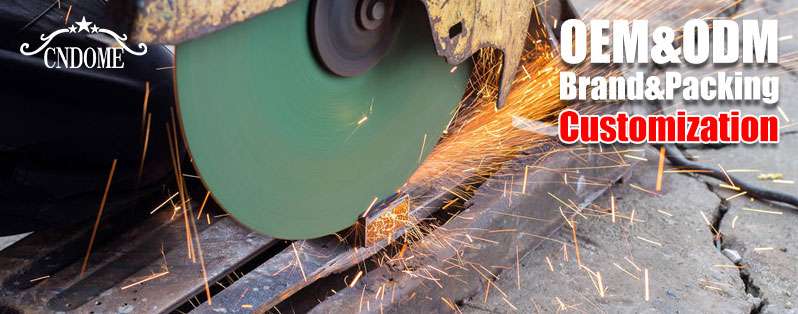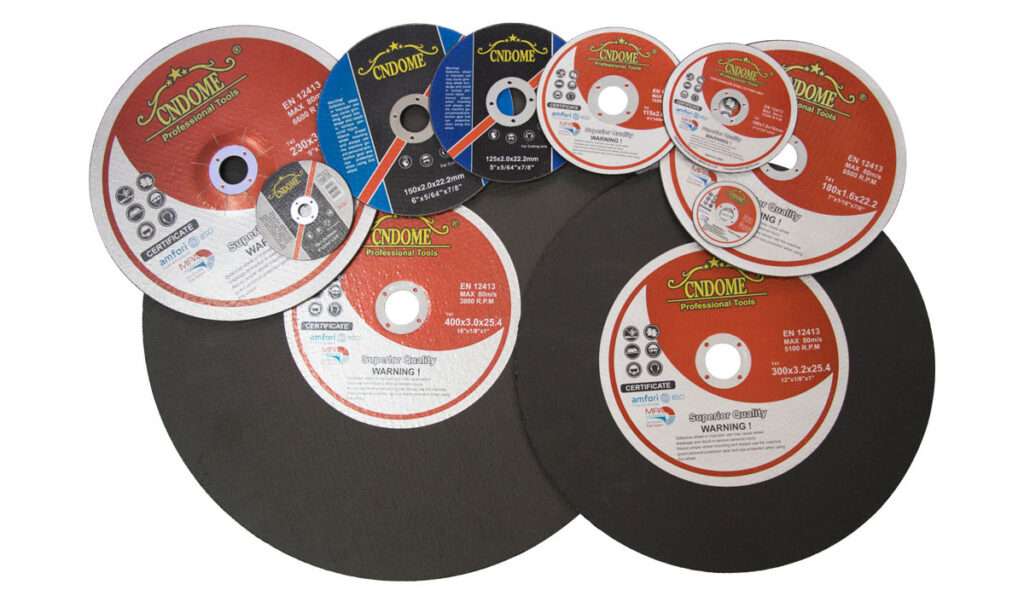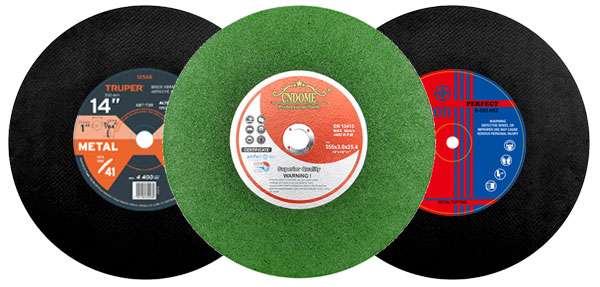Cutting cast iron can be a challenging task due to its hardness and brittle nature, but with the right cutting blade, the process becomes more efficient and precise. In this blog, we will explore the key factors to consider when selecting cutting blades for cast iron, different types of blades available, and tips to ensure optimal performance.
Understanding Cast Iron
Cast iron is a popular material used in various applications, including plumbing, automotive components, cookware, and machinery. It’s known for its excellent wear resistance, heat retention, and durability. However, its high carbon content makes it more brittle than steel, which requires specific cutting tools to avoid cracks and fractures during the cutting process.
Key Factors to Consider When Choosing a Cutting Blade
1. Material of the Blade
The composition of the blade plays a crucial role in its ability to cut through cast iron. Generally, cutting blades for cast iron are made from:
- Diamond Blades: Diamond-tipped blades are commonly used for cutting cast iron. The hardness of diamonds provides superior cutting power, making them highly effective for brittle materials like cast iron.
- Carbide Blades: Carbide-tipped blades are also a good option for cutting through cast iron due to their toughness and durability.
2. Blade Size
The size of the blade should match the size of the workpiece and the cutting tool being used. Common sizes range from 4.5-inch blades for handheld angle grinders to larger 12-inch or 14-inch blades for industrial saws.
3. Tooth Design
The tooth design of the cutting blade impacts the efficiency and smoothness of the cut. For cast iron, blades with fewer, larger teeth tend to perform better as they reduce friction and allow for faster cutting without overloading the blade.
4. Cooling
Heat buildup during cutting can damage both the blade and the workpiece. For extended cuts on cast iron, consider blades with cooling features like segmented edges or those designed for wet cutting. Cooling lubricants can also be applied to prevent overheating.
Types of Cutting Blades for Cast Iron
1. Diamond Abrasive Cutting Blades
These blades are embedded with diamond particles, providing superior cutting performance and longevity. Diamond blades are ideal for tough materials like cast iron, offering smooth, precise cuts with less wear over time. They are especially useful for tasks requiring high precision, such as cutting cast iron pipes.
2. Carbide-Tipped Blades
Carbide blades are another excellent option for cutting cast iron. The carbide teeth on these blades are durable enough to handle the hardness of cast iron, providing clean cuts while reducing the risk of blade wear. These blades are versatile and can be used for both cast iron and other metals.
3. Reciprocating Saw Blades
For cutting cast iron in hard-to-reach places, reciprocating saw blades can be highly effective. These blades are available in diamond or carbide-tipped varieties, allowing for quick, efficient cuts. They are often used in plumbing and demolition work.
Tips for Cutting Cast Iron
- Use the Right Tool: Depending on the project, select the appropriate tool, such as an angle grinder, circular saw, or reciprocating saw. Ensure the tool is compatible with the cutting blade.
- Cut Slowly and Steadily: Applying too much pressure or cutting too quickly can cause cracks in cast iron. Slow, steady cuts ensure a clean and smooth finish.
- Proper Safety Measures: Always wear safety gear, including eye protection, gloves, and hearing protection, as cutting cast iron produces sparks and debris.
- Regular Blade Maintenance: After each use, inspect your blade for wear and tear. A worn-out blade can reduce cutting efficiency and increase the risk of accidents.
Conclusion
Choosing the right cutting blade for cast iron is essential for achieving efficient, clean cuts without damaging the material. Whether you opt for diamond abrasive blades or carbide-tipped blades, understanding your project’s needs will help you select the best tool for the job. With proper techniques and safety precautions, cutting cast iron can be a smooth and successful process.
By selecting high-quality blades and following best practices, you can ensure durability, precision, and a longer blade lifespan.
This blog provides a detailed look at the essentials of cutting cast iron using the right blades, offering readers practical tips and insights.
Online Message
Minimum Order Quantity: 5,000 Pcs, 10 Pcs Free Samples.
Contact Us For More Information!
Tel/WhatsApp
+86 18796960868
[email protected]
Address



